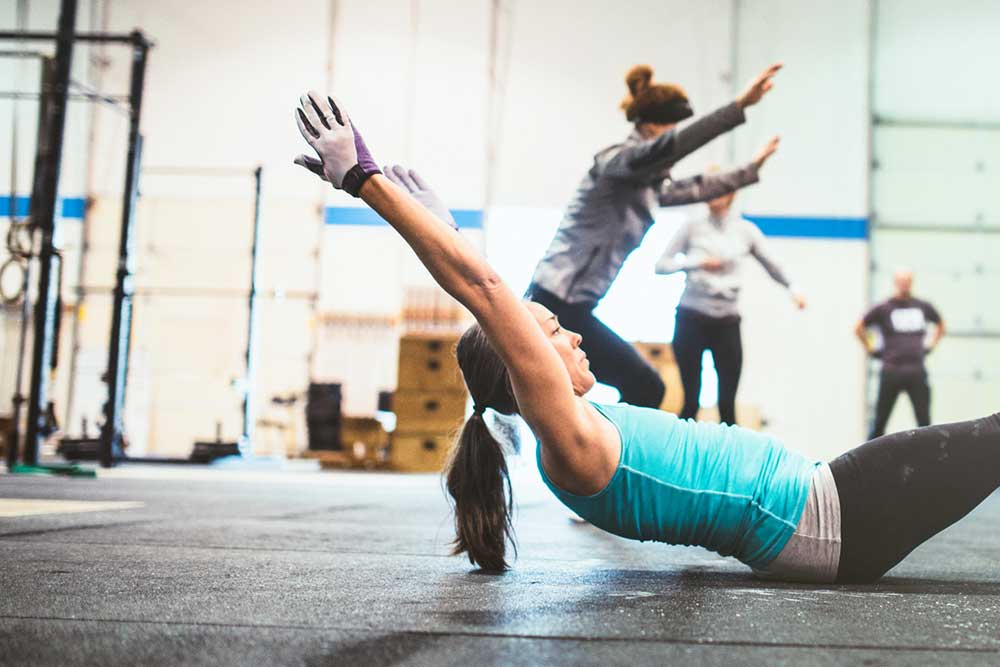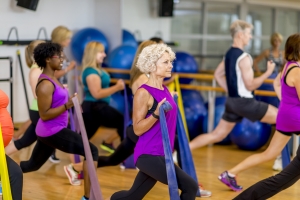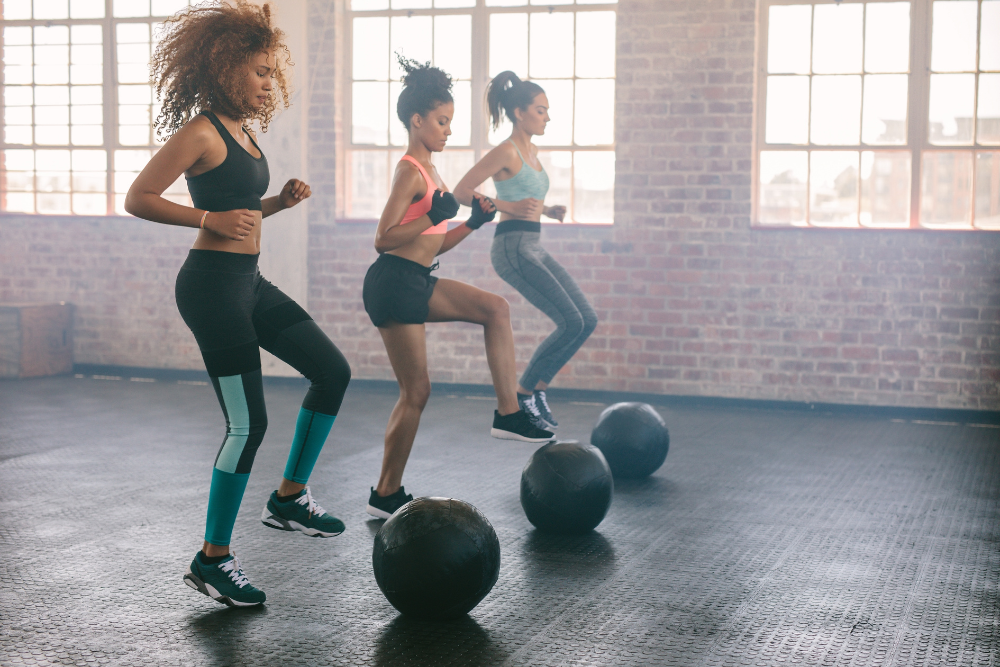High-Speed Resistance Training

Sara Thompson – M.Sc. in Exercise Science
High-speed resistance training (HSRT) is a relatively new approach to combat ailments associated with aging such as decreased muscle strength, decreased functional performance, and decreased quality of life. HSRT, which consists of fast, explosive movements, might be more effective than the more conventional low-speed resistance training in improving muscle strength and functional performance. Indeed, Ramirez-Campillo and colleagues have previously measured greater improvement in strength and functional performance in aging women following 12 weeks of HSRT compared to low-speed resistance training (Ramirez-Campillo et al., 2014). However, it remains unclear how often individuals need to perform HSRT to obtain optimal benefits from this type of exercise. Therefore, this research group aimed to measure muscle strength, power and functional performance following 12 weeks of HSRT, performed either two or three times per week (Ramirez-Campillo et al., 2016).
Resistance Training
Twenty-four healthy older women (between the ages of 60 and 83) were randomly assigned to one of three conditions: a control group who did not change their current exercise regime (CG), a group who performed high-speed resistance training twice per week (RT2), and a group who performed high-speed resistance training three times per week (RT3). Before and after the 12-week intervention, participants were assessed for muscle strength, muscle power, functional performance, and quality of life. The researchers aimed to determine if there is enhanced performance due to increased frequency of training performed each week. Whilst keeping the load of training equal for both training groups. Therefore, in order to match the training load, participants in the RT2 group performed three sets of each exercise, while participants in the RT3 group performed two sets of each exercise.
The high-speed resistance training consisted of fast, explosive exercises that worked the major muscle groups. Including medicine ball throws, bench press, upright row, biceps curl, leg extension, and core exercises. The exercise program was identical to the researchers’ previous study that showed improved performance following 12 weeks of HSRT performed twice per week (Ramirez-Campillo et al. 2014).
Following 12 weeks, both HSRT groups improved muscle strength (handgrip strength), muscle power (medicine ball throw), functional performance (10-metre walking sprint, 8-foot up-and-go, and sit-to-stand tests), and balance. Improvements were similar in RT2 and RT3 groups, with no improvements in the control group following the 12 weeks. Additionally, the RT2 and RT3 groups showed similar improvements in psychosocial, physical, and overall quality of life following the 12-week intervention. With no improvements in the control group.
Take-Away:
The main finding of this study is that older women who completed two high-speed resistance training sessions per week obtained equal improvements in muscle strength, muscle power, functional performance, and quality of life to those women who completed the training three times per week. In a world in which older individuals have family obligations and time commitments, which can prevent them from engaging in regular physical activity, these results are promising as they suggest that these individuals can obtain significant benefits from exercise that is performed as infrequently as twice per week! If older individuals only need to complete two exercise sessions per week, they might be more inclined to continue training. A follow-up study is warranted to study the long-term effects and adherence to the program.
References
Ramirez-Campillo, R., Castillo, A., de la Fuente, C.I., Campos-Jara, C., Andrade, D. C., et al. (2014). High-speed resistance training is more effective than low-speed resistance training to increase functional capacity and muscle performance in older women. Experimental Gerontology, 58, 51-57.
Ramirez-Campillo, R., Diaz, D., Martinez-Salazar, C., Valdés-Badilla, P., Delgado-Floody, P., et al. (2016). Effects of different doses of high-speed resistance training on physical performance and quality of life in older women: a randomized controlled trial. Clinical Interventions in Aging, 11, 1797-1804.
You Might Like:

















